Home>Garden Essentials>What Is A Sustainable Landscape Design
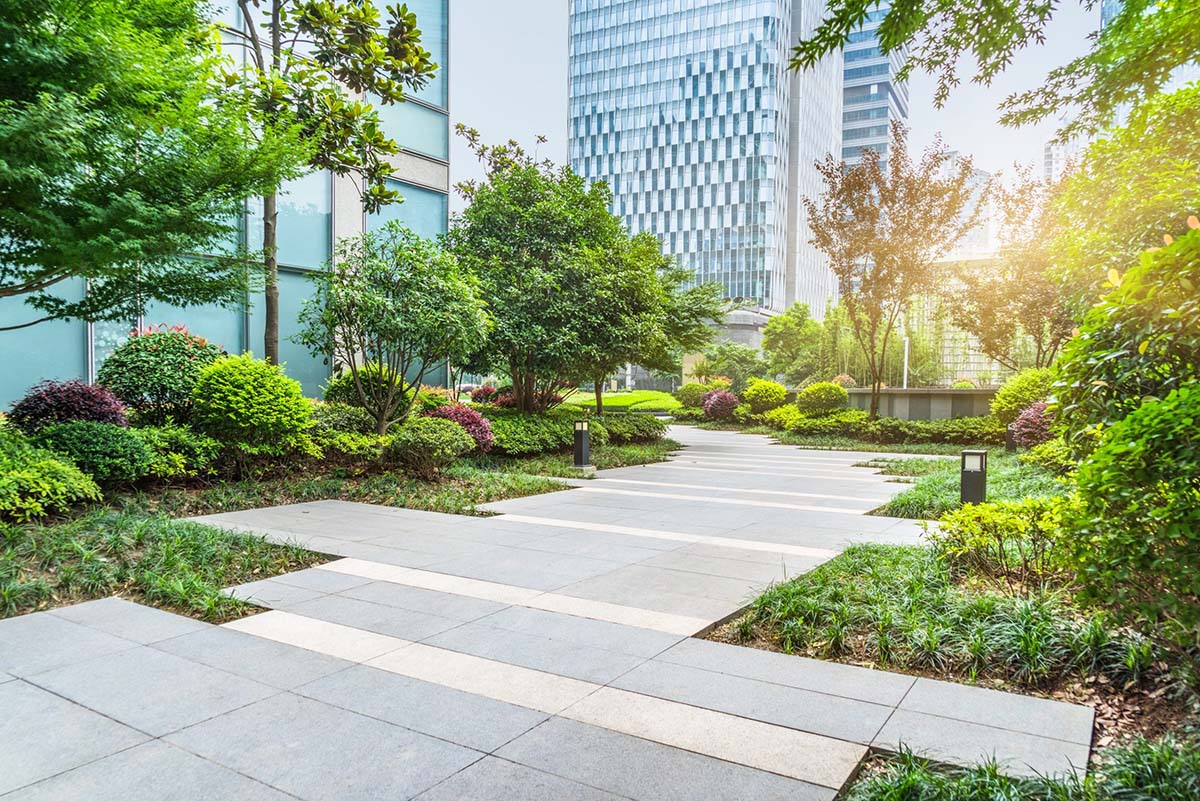

Garden Essentials
What Is A Sustainable Landscape Design
Modified: March 7, 2024
Discover the key elements of a sustainable garden design, including native plant species, rainwater harvesting, and eco-friendly materials. Create an eco-conscious outdoor oasis that benefits both you and the environment.
(Many of the links in this article redirect to a specific reviewed product. Your purchase of these products through affiliate links helps to generate commission for Storables.com, at no extra cost. Learn more)
Introduction
Welcome to the world of sustainable landscape design, where the beauty of nature meets the principles of environmental responsibility. In an era of climate change and ecological awareness, designing landscapes that are not only aesthetically pleasing but also environmentally friendly has become increasingly important.
Sustainable landscape design is a holistic approach that considers the environmental, social, and economic aspects of a landscape. It aims to create outdoor spaces that are not only visually appealing but also functionally efficient, resilient, and ecologically sound. By incorporating sustainable design principles, we can minimize negative impacts on the environment, conserve natural resources, and enhance the overall well-being of both humans and wildlife.
In this article, we will delve into the concept of sustainable landscape design, explore its principles, and discuss the various benefits it offers. Additionally, we will uncover some practical strategies for designing sustainable landscapes that promote water efficiency, biodiversity, soil health, renewable energy, waste reduction, and wildlife habitat.
Whether you are a homeowner, a landscape professional, or simply an enthusiast, understanding and embracing sustainable landscape design can empower you to make a positive impact on the environment and create beautiful outdoor spaces that thrive harmoniously with nature.
Key Takeaways:
- Sustainable landscape design creates beautiful outdoor spaces while conserving resources, supporting wildlife, and minimizing environmental impact. It’s a win-win for nature and people!
- By using native plants, conserving water, and embracing renewable energy, sustainable landscape design promotes a greener, more sustainable future for everyone.
Read more: What Is Sustainable Landscaping
Definition of Sustainable Landscape Design
Sustainable landscape design refers to the practice of creating outdoor spaces that are harmonious with the surrounding environment, while minimizing the negative impact on natural resources. It involves design principles and strategies that promote ecological balance, conserve water, enhance biodiversity, improve soil health, and reduce energy consumption.
At its core, sustainable landscape design is guided by the principles of environmental responsibility and resilience. It goes beyond simply creating visually appealing landscapes by integrating sustainable practices that support the long-term health and well-being of both people and nature.
This design approach takes into consideration factors such as site context, climate, water availability, and region-specific plant and wildlife communities. It aims to create landscapes that not only meet the needs of the present generation but also preserve and protect resources for future generations.
In sustainable landscape design, every element is carefully evaluated and selected to minimize environmental impact and maximize effectiveness. From plant selection and irrigation methods to material choices and energy-efficient lighting, every aspect of the design is thoughtfully planned to align with sustainability goals.
Furthermore, sustainable landscape design also encompasses the concept of regenerative design. It emphasizes the restoration and enhancement of the ecosystem through the creation of functional and resilient landscapes. This involves practices such as soil restoration, carbon sequestration, and the establishment of habitats that support native plants and wildlife.
Overall, sustainable landscape design offers a comprehensive approach to creating outdoor spaces that are not only visually appealing but also ecologically balanced, socially responsible, and economically viable. By implementing sustainable design principles, individuals and communities can contribute to a healthier environment and a more sustainable future.
Principles of Sustainable Landscape Design
Sustainable landscape design is guided by a set of principles that help create outdoor spaces that are both beautiful and environmentally responsible. These principles serve as a framework for designing landscapes that conserve resources, promote biodiversity, and support the well-being of the surrounding ecosystem. Let’s explore some key principles of sustainable landscape design:
- Site analysis and assessment: Before starting a landscape project, a thorough analysis and assessment of the site is essential. This includes evaluating the topography, soil quality, microclimates, water availability, and existing vegetation. Understanding these site-specific characteristics helps inform design decisions and ensures optimal resource utilization.
- Water efficiency: Water is a precious resource, and sustainable landscape design aims to minimize water consumption and maximize efficiency. This can be achieved through methods such as drought-tolerant plant selection, proper irrigation design and management, and the use of rainwater harvesting and graywater systems.
- Plant selection and biodiversity: Choosing native and adaptive plants that are well-suited to the local climate and soil conditions is a key principle of sustainable landscape design. Native plants require less water, fertilizer, and maintenance, while also providing essential habitat for local wildlife. Incorporating a diverse range of plant species enhances biodiversity and supports ecosystem resilience.
- Soil health and fertility: The soil is the foundation of a healthy landscape. Sustainable landscape design focuses on improving soil health through practices like composting, mulching, and organic fertilization. Healthy soil promotes robust plant growth, improves water infiltration and retention, and sequesters carbon from the atmosphere.
- Energy efficiency and renewable energy: Sustainable landscape design integrates energy-efficient lighting, appliances, and equipment to minimize energy consumption. Additionally, the use of renewable energy sources like solar panels and wind turbines can further reduce the carbon footprint of the landscape.
- Waste reduction and recycling: Minimizing waste and promoting recycling are important principles of sustainable landscape design. This includes utilizing recycled materials for hardscape elements, implementing composting systems to recycle organic waste, and designing for easy maintenance and longevity to minimize the generation of waste.
- Wildlife habitat creation: Sustainable landscapes support biodiversity by providing habitat for native plants and wildlife. Designing with elements like native plantings, water features, birdhouses, and insect-friendly areas can attract and support a variety of wildlife species, contributing to a balanced and healthy ecosystem.
By incorporating these principles into the design and maintenance of outdoor spaces, sustainable landscape design aims to create landscapes that are not only visually appealing but also environmentally responsible and resilient. These principles can be adapted and applied to projects of all scales, from residential gardens to public parks and commercial landscapes, enabling individuals and communities to contribute towards a more sustainable future.
Benefits of Sustainable Landscape Design
Sustainable landscape design offers a wide range of benefits that extend beyond the aesthetic appeal of outdoor spaces. By taking a holistic and environmentally responsible approach, sustainable landscapes can have a positive impact on the environment, society, and the well-being of individuals. Let’s explore some of the key benefits of sustainable landscape design:
- Environmental conservation: Perhaps the most significant benefit of sustainable landscape design is the conservation of natural resources and the reduction of environmental impact. Through practices such as water-efficient irrigation, native plant selection, and soil restoration, sustainable landscapes minimize water consumption, decrease pesticide and fertilizer use, and reduce carbon emissions. This leads to the preservation of ecosystems, improved air and water quality, and the protection of biodiversity.
- Water conservation: Sustainable landscapes play a crucial role in water conservation. By designing for water efficiency, implementing rainwater harvesting systems, and utilizing native plants that are adapted to local climate conditions, sustainable landscapes minimize water waste and promote responsible water use. This is particularly important in regions facing water scarcity or drought conditions, as sustainable landscapes can significantly reduce irrigation needs and help preserve water resources for future generations.
- Improved air quality: Sustainable landscapes help improve air quality by sequestering carbon dioxide through photosynthesis and reducing the need for fossil fuel-powered machinery. By incorporating trees, shrubs, and other green elements, sustainable landscapes act as natural air filters, removing pollutants and releasing oxygen into the atmosphere. This can have a positive impact on human health and contribute to a cleaner and healthier environment.
- Enhanced biodiversity: Sustainable landscape design promotes the use of native plants and the creation of habitats that support local wildlife. By increasing biodiversity, sustainable landscapes contribute to the preservation of valuable plant and animal species. These landscapes provide food, shelter, and breeding grounds for birds, butterflies, insects, and other wildlife, fostering a balance in the ecosystem and enhancing the overall ecological resilience of an area.
- Health and well-being: Sustainable landscapes offer numerous benefits for human health and well-being. Access to green spaces has been shown to reduce stress, improve mental health, and promote physical activity. Sustainable landscapes also enhance the overall quality of life by creating visually appealing environments that foster a sense of connection with nature. Additionally, incorporating edible gardens or community spaces within sustainable landscapes encourages healthy eating habits and promotes social interaction.
- Economic savings: Sustainable landscape design can lead to significant economic savings in the long run. By implementing water-efficient irrigation systems, utilizing low-maintenance native plants, and designing for energy efficiency, sustainable landscapes can reduce water and energy bills, as well as maintenance costs. Additionally, these landscapes can increase property value, attract tenants or customers, and contribute to the overall economic viability and sustainability of a community.
By embracing sustainable landscape design, individuals, communities, and organizations can contribute to a healthier environment, enhance the resilience of ecosystems, and improve the quality of life for both humans and wildlife. These benefits underline the importance of transitioning towards sustainable practices in the creation and maintenance of outdoor spaces.
Designing for Water Efficiency
Water is a precious resource, and designing landscapes with water efficiency in mind is a crucial aspect of sustainable landscape design. By implementing water-efficient strategies, we can reduce water consumption, conserve resources, and create landscapes that thrive even in water-scarce environments. Here are some key considerations for designing landscapes that prioritize water efficiency:
- Smart irrigation: One of the most effective ways to achieve water efficiency is through the use of smart irrigation systems. These systems incorporate weather-based sensors or connected technologies to adjust irrigation schedules based on real-time conditions. By irrigating only when necessary and ensuring water is applied efficiently, these systems can significantly reduce water waste.
- Drought-tolerant plant selection: Choosing plants that are well-adapted to local climate conditions and require minimal watering is essential for water-efficient landscapes. Drought-tolerant or native plant species are excellent choices as they are naturally adapted to the region’s rainfall patterns and require less supplemental irrigation. These plants not only conserve water but also promote biodiversity and ecological resilience.
- Grouping plants with similar water needs: Grouping plants with similar water requirements together in zones allows for more efficient irrigation. By creating hydrozones, where plants with similar water needs are irrigated separately from others, water can be targeted precisely to meet the needs of each group. This approach reduces water wastage by avoiding overwatering and underwatering of plants.
- Soil improvement: Improving soil health is crucial for water efficiency. Well-draining soils with good organic matter content retain water efficiently, allowing plants to access moisture for longer periods. Amending soils with compost or organic matter helps improve water-holding capacity, reduces runoff, and minimizes the need for frequent watering.
- Mulching: Applying mulch to the soil surface helps reduce evaporation, suppress weed growth, and maintain soil moisture. Organic mulches, such as wood chips or straw, not only conserve water but also improve soil health as they break down over time. Mulching also helps insulate plant roots from temperature extremes, reducing stress and water loss.
- Rainwater harvesting: Capturing and utilizing rainwater is an excellent strategy for conserving water and reducing runoff. Rain barrels or cisterns can be installed to collect rainwater from rooftops and other surfaces. This water can then be used for irrigation, reducing the need for treated municipal water.
- Water-efficient hardscape design: Besides plants, the design of hardscape elements can also contribute to water efficiency. Using permeable materials for pathways, patios, and driveways allows rainwater to infiltrate into the soil, reducing runoff and helping to recharge groundwater supplies. Additionally, incorporating features like bioswales or rain gardens can help capture and direct stormwater runoff to areas where it can be utilized for landscape irrigation.
Designing for water efficiency not only helps conserve water resources but also saves money and promotes sustainable landscaping practices. By applying these strategies, we can create beautiful and resilient landscapes that thrive with minimal water input, reducing the environmental impact and ensuring a sustainable future for generations to come.
Read more: What Is Sustainable Construction?
Using Native Plants and Biodiversity
One of the key principles of sustainable landscape design is the use of native plants and the promotion of biodiversity. By incorporating native plants and enhancing biodiversity, we can create landscapes that are not only visually appealing but also ecologically resilient and supportive of local ecosystems. Let’s explore the benefits and considerations of using native plants and promoting biodiversity in landscape design:
Benefits of Native Plants:
- Adaptation to local conditions: Native plants are naturally adapted to the local climate, soil, and rainfall patterns. They have evolved over time to thrive in specific regions, making them more resilient and less dependent on water, fertilizer, and pesticides.
- Water conservation: Native plants are typically well-suited to the local environment and require less water than non-native species once established. Their deep root systems help them access water from deeper soil layers, increasing drought tolerance and reducing the need for supplemental irrigation.
- Biodiversity support: Native plants play a crucial role in supporting biodiversity. They provide essential habitat and food sources for local wildlife, including birds, butterflies, bees, and other beneficial insects. By including native plants in our landscapes, we contribute to the preservation of natural habitats and the overall ecological balance of our surroundings.
- Erosion control and soil health: Native plants have deep, extensive root systems that help stabilize the soil, prevent erosion, and improve soil structure. Their root systems also enhance water infiltration, reduce runoff, and assist in nutrient cycling, promoting overall soil health and fertility.
- Lower maintenance: Native plants are well-adapted to the local climate and soil conditions, making them low-maintenance once established. They require less pruning, fertilization, and pest control, reducing the need for inputs and maintenance efforts.
Promoting Biodiversity:
In addition to using native plants, promoting biodiversity within our landscapes further enhances their ecological value. Here are some considerations for promoting biodiversity:
- Plant diversity: Incorporate a variety of plant species, including flowering plants, shrubs, trees, and groundcovers, to provide a diverse range of habitats and food sources for wildlife. Aim for a balance between aesthetic preferences and functional ecological benefits.
- Habitat creation: Design elements such as birdhouses, bat boxes, and native plantings can provide additional habitat for wildlife. Incorporating features like bird baths, pollinator-friendly gardens, and water sources also support biodiversity by attracting various organisms.
- Minimize pesticide use: Reduce or eliminate the use of pesticides and herbicides in your landscape. Native plants are generally more resistant to local pests and diseases, and by promoting biodiversity, you can create a natural balance between pests and beneficial predators.
- Protect natural areas: Preserve existing natural areas or create wildlife corridors to connect fragmented habitats. This allows wildlife to move freely between landscapes and increases the chances of successful reproduction and genetic diversity.
- Education and awareness: Educate yourself and others about the value of native plants and biodiversity. Share the benefits of sustainable landscape design with your community and inspire others to incorporate these practices in their own landscapes.
Using native plants and promoting biodiversity in landscape design not only creates beautiful and resilient outdoor spaces but also contributes to the preservation of local ecosystems. By supporting native plant species and enhancing biodiversity, we can make a positive impact on the environment and foster a healthier and more sustainable coexistence with nature.
When designing a sustainable landscape, choose native plants that are well adapted to the local climate and require less water and maintenance. This will help conserve water and support local wildlife.
Managing Soil Health and Fertility
Managing soil health and fertility is an essential component of sustainable landscape design. Healthy soil is the foundation for vibrant and thriving landscapes, providing the necessary nutrients, support, and water-retention capacity for plants to grow and flourish. By implementing soil management strategies, we can enhance soil health, promote sustainable plant growth, and create landscapes that are resilient and sustainable. Let’s explore some key considerations for managing soil health and fertility:
- Soil testing: Conduct regular soil tests to assess the nutrient levels and pH of the soil. This helps identify any deficiencies or imbalances and allows for targeted amendments to improve soil fertility. Soil testing also provides valuable information on other soil properties, such as texture and organic matter content.
- Organic matter addition: Incorporating organic matter into the soil is crucial for enhancing soil fertility and structure. Organic matter, such as compost, decomposed leaves, or well-rotted manure, improves soil moisture retention, nutrient availability, and microbial activity. It also helps prevent soil erosion and compaction, creating a healthy and thriving soil ecosystem.
- Mulching: Applying organic mulch around plants helps improve soil health and fertility. Mulch acts as a protective layer, conserving moisture, regulating soil temperature, and suppressing weed growth. As the mulch breaks down over time, it adds organic matter to the soil, enriching its nutrient content and enhancing microbial activity.
- Composting: Composting organic matter, such as kitchen scraps, garden waste, or lawn clippings, is an effective way to create nutrient-rich soil amendments. Compost adds essential nutrients, improves soil structure, and supports beneficial soil organisms. It also reduces the need for synthetic fertilizers and promotes a sustainable and natural approach to soil fertility.
- Conservation tillage: Minimizing soil disturbance through conservation tillage practices helps preserve soil structure and reduce erosion. Instead of traditional intensive tilling, use methods like sheet mulching or no-till gardening to protect the soil and maintain a healthy microbial community. This preserves soil aggregates, organic matter, and beneficial organisms, ensuring long-term soil health.
- Cover cropping: Planting cover crops during fallow periods or as green manure improves soil health by preventing erosion, suppressing weeds, and adding organic matter when incorporated into the soil. Cover crops also help break up compacted soil layers and enhance nutrient cycling, creating a more productive and resilient soil environment.
- Nutrient management: Utilize organic and slow-release fertilizers to provide nutrients to the soil and plants. Organic fertilizers, derived from natural sources, release nutrients gradually, reducing the risk of nutrient runoff and supporting long-term soil fertility. Additionally, employing compost teas or microbial inoculants can introduce beneficial microorganisms to the soil, further enhancing nutrient cycling and plant health.
- Water management: Proper water management plays a significant role in soil health. Overwatering can lead to nutrient leaching and soil compaction, while underwatering can cause stress to plants and hinder nutrient uptake. Implement water-efficient irrigation practices, such as drip irrigation or using weather-based sensors, to ensure optimal moisture levels for plant growth without wasting water.
By implementing these soil management strategies, we can improve soil health, maximize nutrient availability, promote beneficial soil organisms, and create a sustainable foundation for plant growth. With healthy and fertile soil, sustainable landscapes can thrive, contributing to a healthier environment and a greener future.
Incorporating Renewable Energy and Efficient Lighting
In the realm of sustainable landscape design, incorporating renewable energy sources and utilizing efficient lighting systems can significantly reduce the environmental impact and enhance the overall energy efficiency of outdoor spaces. By taking advantage of clean energy solutions and optimizing lighting design, we can create landscapes that not only minimize energy consumption but also contribute to a greener and more sustainable future. Let’s explore some key considerations for incorporating renewable energy and efficient lighting in landscape design:
- Solar power: Harnessing solar energy is a popular and effective way to incorporate renewable energy into outdoor spaces. Solar panels can be installed on rooftops, pergolas, or other structures to generate electricity to power lighting, water features, and other outdoor amenities. Solar-powered LED lights, in particular, are energy-efficient, durable, and provide excellent illumination for pathways, gardens, and landscape features.
- Wind power: In locations with adequate wind resources, wind turbines can be incorporated into landscape design to generate clean and renewable electricity. While small-scale wind turbines may not be suitable for all landscapes, they can be an effective option for larger open spaces or rural areas where wind conditions are favorable.
- Energy-efficient lighting: LED (Light Emitting Diode) technology has revolutionized the lighting industry with its energy efficiency and longevity. LED lighting consumes significantly less energy than traditional incandescent or fluorescent bulbs and has a longer lifespan. Incorporating LED lights in outdoor lighting fixtures helps reduce energy consumption, lowers utility costs, and minimizes the need for frequent bulb replacements.
- Zoning and motion sensors: Optimize energy efficiency by implementing zoning and motion sensor systems for outdoor lighting. Zoning allows for customized lighting control, enabling different areas of the landscape to be selectively illuminated. Motion sensors automatically detect movement and adjust lighting levels accordingly, ensuring lights are only on when needed and conserving energy during periods of inactivity.
- Task lighting and accent lighting: Rather than relying solely on general overhead lighting, incorporate task lighting and accent lighting to enhance energy efficiency and highlight specific areas of interest. Task lighting provides focused illumination for functional activities such as cooking areas or reading spaces. Accent lighting draws attention to architectural features, sculptures, or focal points in the landscape, creating visual interest with minimal energy expenditure.
- Dark-sky friendly design: Consider designing outdoor lighting systems in accordance with dark-sky principles. Dark-sky friendly lighting minimizes light pollution and reduces glare by directing light downwards and using shielded fixtures. This not only conserves energy but also preserves the natural beauty of the night sky and supports the health and behavior of nocturnal wildlife.
- Timers and dimmers: Use timers and dimmers to control lighting, ensuring lights are only on when needed and adjusting brightness levels to match specific requirements. Timers can be programmed to turn lights on and off at scheduled times or in response to natural light levels, while dimmers allow for customization of lighting intensity, further optimizing energy usage.
- Education and awareness: Educate yourself and others about the importance of renewable energy and energy-efficient lighting in landscape design. Promote the benefits of clean energy technologies and sustainable lighting practices to your community, encouraging others to adopt environmentally friendly approaches in their own landscapes.
By incorporating renewable energy sources and efficient lighting systems, we can minimize the environmental impact of outdoor spaces while reducing energy costs and enhancing overall sustainability. Through thoughtful design and utilization of innovative technologies, sustainable landscape design can contribute to a more energy-efficient and greener world.
Minimizing Waste and Recycling
Minimizing waste and implementing recycling practices are key components of sustainable landscape design. By reducing the amount of waste generated and implementing effective recycling strategies, we can minimize our environmental impact and contribute to a more sustainable future. Let’s explore some key considerations for minimizing waste and promoting recycling in landscape design:
- Reduce: The first step in minimizing waste is to reduce the amount of waste generated. This can be achieved by carefully planning and designing landscapes to avoid excessive or unnecessary materials. Design with longevity in mind, choosing durable and high-quality materials that will last longer and require less frequent replacement.
- Reuse: Reusing materials is an effective way to minimize waste and give new life to existing resources. Salvage and repurpose materials whenever possible, such as using reclaimed stone or lumber for hardscape elements or repurposing old containers as planters. Incorporating salvaged or second-hand materials not only reduces waste but also adds unique character and charm to the landscape.
- Recycle: Implement a comprehensive recycling system for landscape waste and construction materials. Set up designated recycling bins and educate users on the proper disposal of recyclable materials such as plastic, glass, metal, and paper. Additionally, consider partnering with local recycling facilities or organizations that specialize in landscape waste recycling, ensuring that materials are properly processed and repurposed.
- Composting: Implementing a composting system is an excellent way to manage and recycle organic waste generated from pruning, mowing, and landscaping activities. Composting not only reduces the volume of waste sent to landfills but also generates nutrient-rich compost that can be used to improve soil health and support plant growth. Utilize the compost in your landscape or donate it to local community gardens or parks.
- Green waste management: Develop a green waste management plan to effectively handle and dispose of yard trimmings and plant debris. Consider establishing an on-site mulching or chipping program to process green waste into mulch or wood chips that can be reused in the landscape. Alternatively, coordinate with local municipal composting facilities or green waste recycling services to ensure proper disposal and recycling of green waste.
- Waste audit: Conduct periodic waste audits to assess the effectiveness of your waste reduction and recycling efforts. Identify areas for improvement and engage stakeholders to find innovative solutions to further minimize waste. Regular monitoring and evaluation of waste management practices help ensure continuous improvement and increased sustainability.
- Educate and engage: Educate landscape users, contractors, and community members about the importance of waste reduction and recycling in outdoor spaces. Provide clear guidelines on waste management practices, recycling initiatives, and the benefits of responsible waste disposal. Encourage active participation and engagement in recycling programs to foster a sense of environmental responsibility and create a sustainable waste management culture.
By adopting these waste minimization and recycling practices, landscape design can make a significant contribution to the reduction of waste sent to landfills, conservation of resources, and overall sustainability. Through thoughtful planning, reuse of materials, and effective recycling strategies, sustainable landscape design can help create outdoor spaces that align with environmental principles and promote a circular economy.
Creating Habitat for Wildlife
Creating habitat for wildlife is a fundamental aspect of sustainable landscape design. By incorporating features that provide food, shelter, and water for various species, we can support biodiversity, promote ecological balance, and create landscapes that thrive with vibrant wildlife. Let’s explore some key considerations for creating habitat for wildlife in landscape design:
- Native plantings: Incorporate a diverse range of native plants in your landscape design. Native plants provide essential food sources, such as nectar, seeds, berries, and foliage, for local wildlife. These plants have co-evolved with native birds, insects, and other wildlife, creating a mutually beneficial relationship that supports the ecological balance of the surrounding environment.
- Wildlife-friendly water features: Integrate water features, such as ponds, birdbaths, or shallow pools, into your landscape design. These water sources provide drinking water for wildlife and serve as vital habitat for amphibians, insects, and birds. Consider adding elements like rocks or logs to create safe perching and nesting spots for birds, attracting a variety of species to your landscape.
- Vertical structures and nesting sites: Incorporate vertical structures, like trees or tall shrubs, to provide habitat for birds and other climbing animals. Dead trees or tree snags are especially valuable as they serve as nesting sites, perches, and feeding spots for cavity-nesting birds, bats, and other wildlife. Leaving fallen logs or creating log piles can also provide habitat for insects, reptiles, and small mammals.
- Insect-friendly areas: Designate areas in your landscape with native plants that attract and support insect populations. Insects play a crucial role in the food chain, serving as a food source for many other animals. Planting flowering plants and incorporating elements such as butterfly gardens or insect hotels can provide essential habitat for butterflies, bees, and other pollinators.
- Vegetation layers: Design landscapes with varied vegetation layers to create diverse habitats. Incorporate groundcovers, grasses, shrubs, and trees of varying heights to provide different niches and shelter opportunities for wildlife. This layered approach mimics natural ecosystems and supports a wider range of species.
- Minimize pesticide use: Reduce or eliminate the use of pesticides in your landscape to protect wildlife and promote a healthy ecosystem. Pesticides can harm beneficial insects, birds, and other wildlife that play important roles in pollination, pest control, and overall ecological balance. Adopt organic and natural pest control methods whenever possible.
- Fruit-bearing plants: Include fruit-bearing plants, such as berry bushes or fruit trees, in your landscape design. These plants provide a valuable food source for birds and mammals, especially during seasons when natural food resources may be scarce. Ensure a variety of fruiting plants with staggered ripening times to support wildlife throughout the year.
- Conservation of natural areas: Preserve and protect existing natural areas on your property or in your community. These areas act as essential wildlife corridors, providing movement pathways and connecting fragmented habitats. By conserving natural areas, we allow wildlife to traverse safely and maintain genetic diversity, supporting long-term population health.
By incorporating these elements into your landscape design, you can create a welcoming and thriving habitat for wildlife. Promoting biodiversity and creating habitats that support local wildlife not only enhances the ecological value of your landscape but also fosters a deeper connection with nature. By committing to wildlife-friendly landscape design, we can contribute to the preservation of diverse and healthy ecosystems for generations to come.
Conclusion
Sustainable landscape design offers a powerful opportunity to create outdoor spaces that are not only visually stunning but also environmentally responsible and ecologically sound. By implementing the principles of sustainable landscape design, we can minimize our impact on the environment, conserve resources, and support the well-being of both people and wildlife.
Throughout this article, we have explored various aspects of sustainable landscape design, from incorporating native plants and promoting biodiversity to managing soil health, conserving water, utilizing renewable energy, minimizing waste, and creating wildlife habitats. By adopting these practices, we can create landscapes that are resilient, efficient, and foster a deeper connection with nature.
One of the central themes of sustainable landscape design is the consideration of the local environment, climate, and resources. By utilizing native plants, we are supporting the natural balance of ecosystems, conserving water, and reducing the need for fertilizers and pesticides. Creating habitat for wildlife not only enhances biodiversity but also promotes the health and resilience of our landscapes.
Efficient water management, incorporating renewable energy sources, and utilizing efficient lighting systems contribute to reduced energy consumption and environmental impact. Minimizing waste and implementing recycling practices further support sustainability and the conservation of resources. By embracing these principles, we not only create beautiful outdoor spaces but also demonstrate our commitment to a greener and more sustainable future.
Sustainable landscape design is a collaborative effort that involves the participation of homeowners, landscape professionals, and communities. Through education, awareness, and engagement, we can inspire others to adopt sustainable practices in their own landscapes, creating a widespread positive impact on the environment and society as a whole.
As we move forward, let us continue to embrace sustainable landscape design as a powerful tool to harmonize with nature, conserve resources, and create outdoor spaces that enhance the well-being of both humans and wildlife. By incorporating these principles into our landscape designs, we can make a significant difference and contribute to a more sustainable and vibrant world.
Frequently Asked Questions about What Is A Sustainable Landscape Design
Was this page helpful?
At Storables.com, we guarantee accurate and reliable information. Our content, validated by Expert Board Contributors, is crafted following stringent Editorial Policies. We're committed to providing you with well-researched, expert-backed insights for all your informational needs.
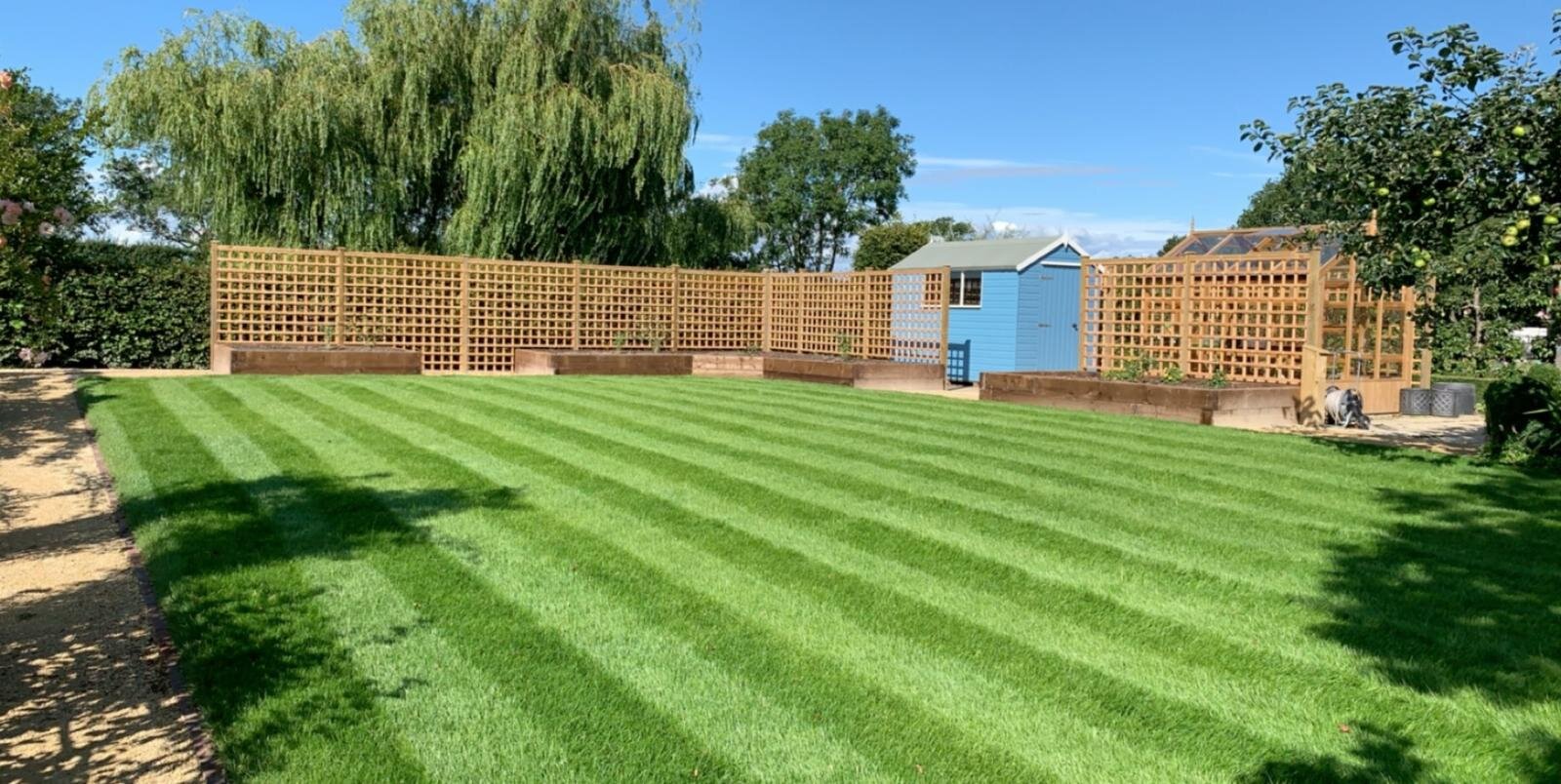
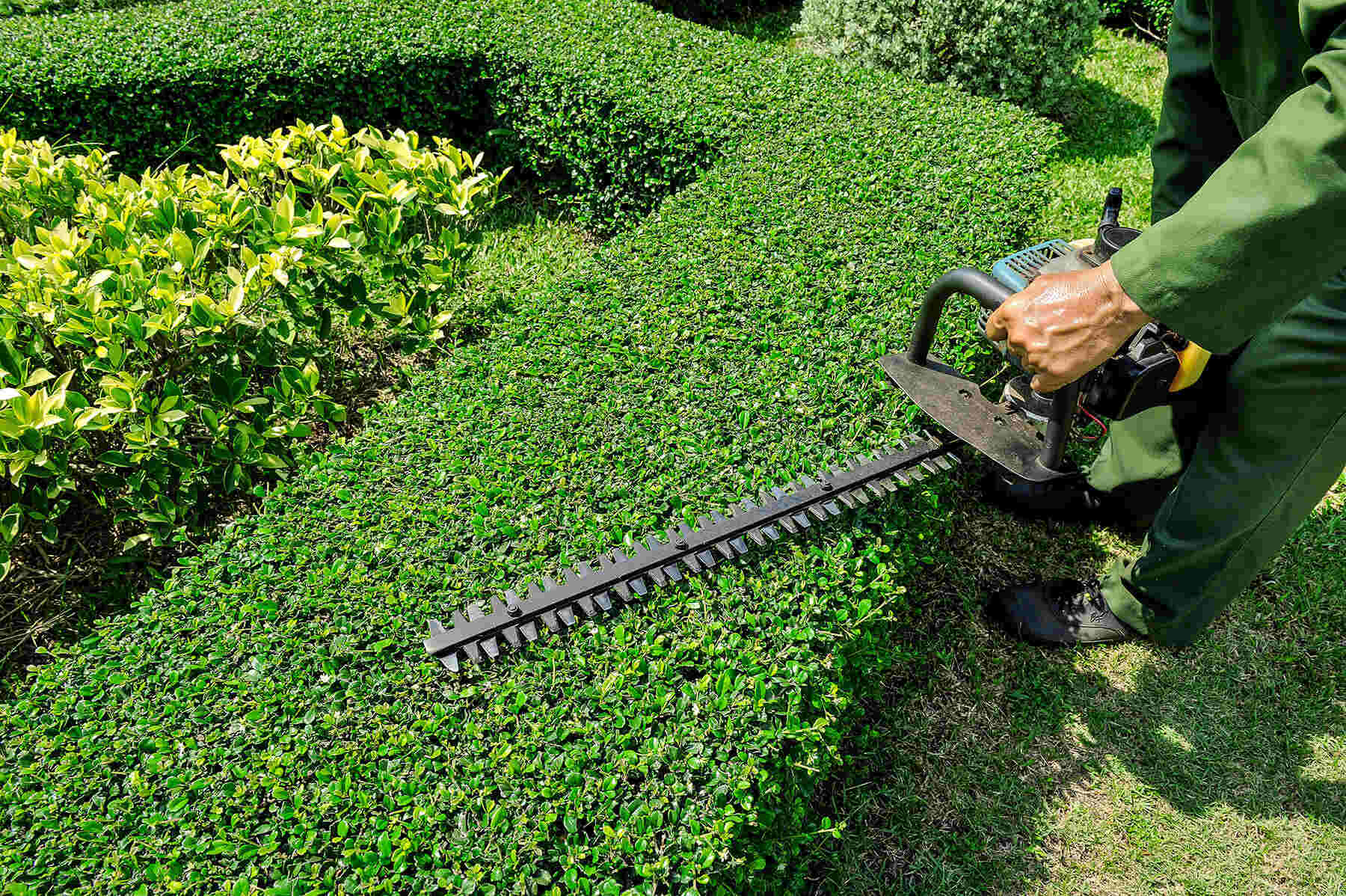
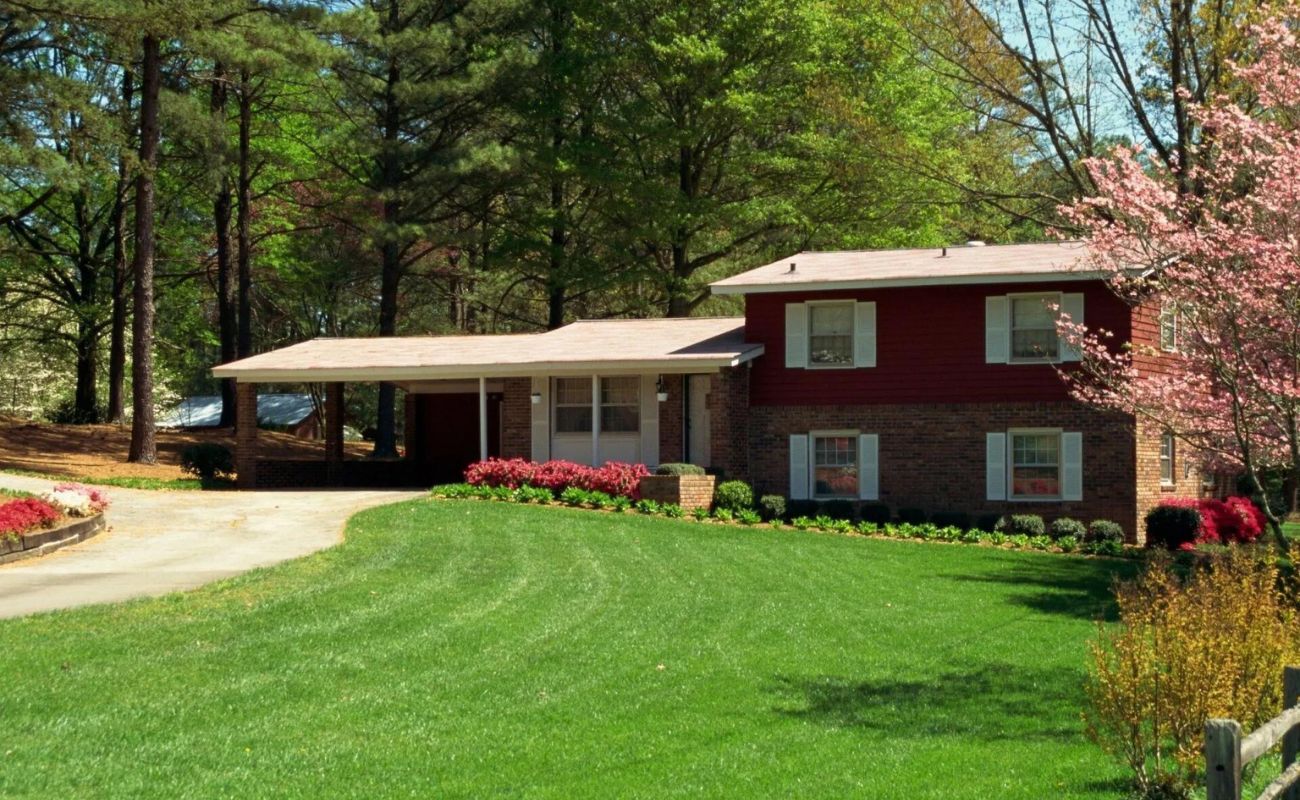
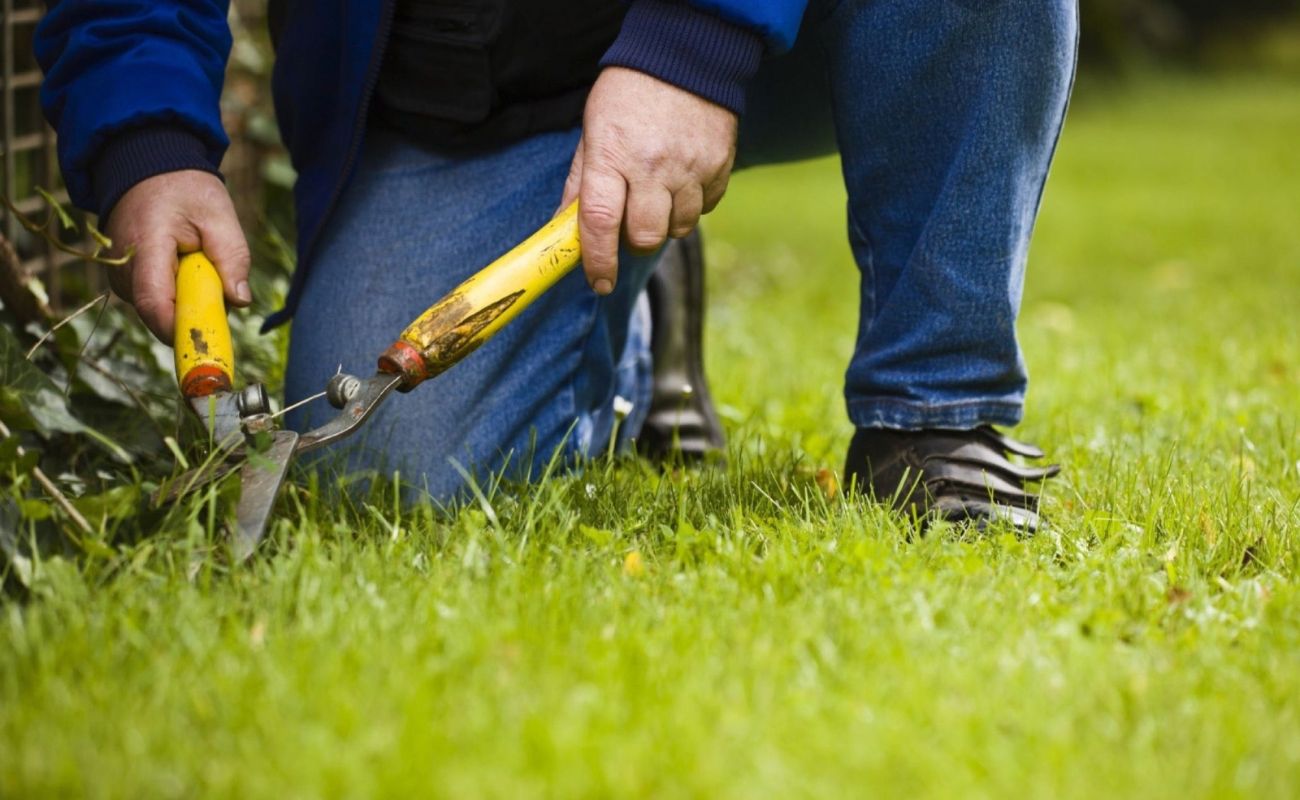
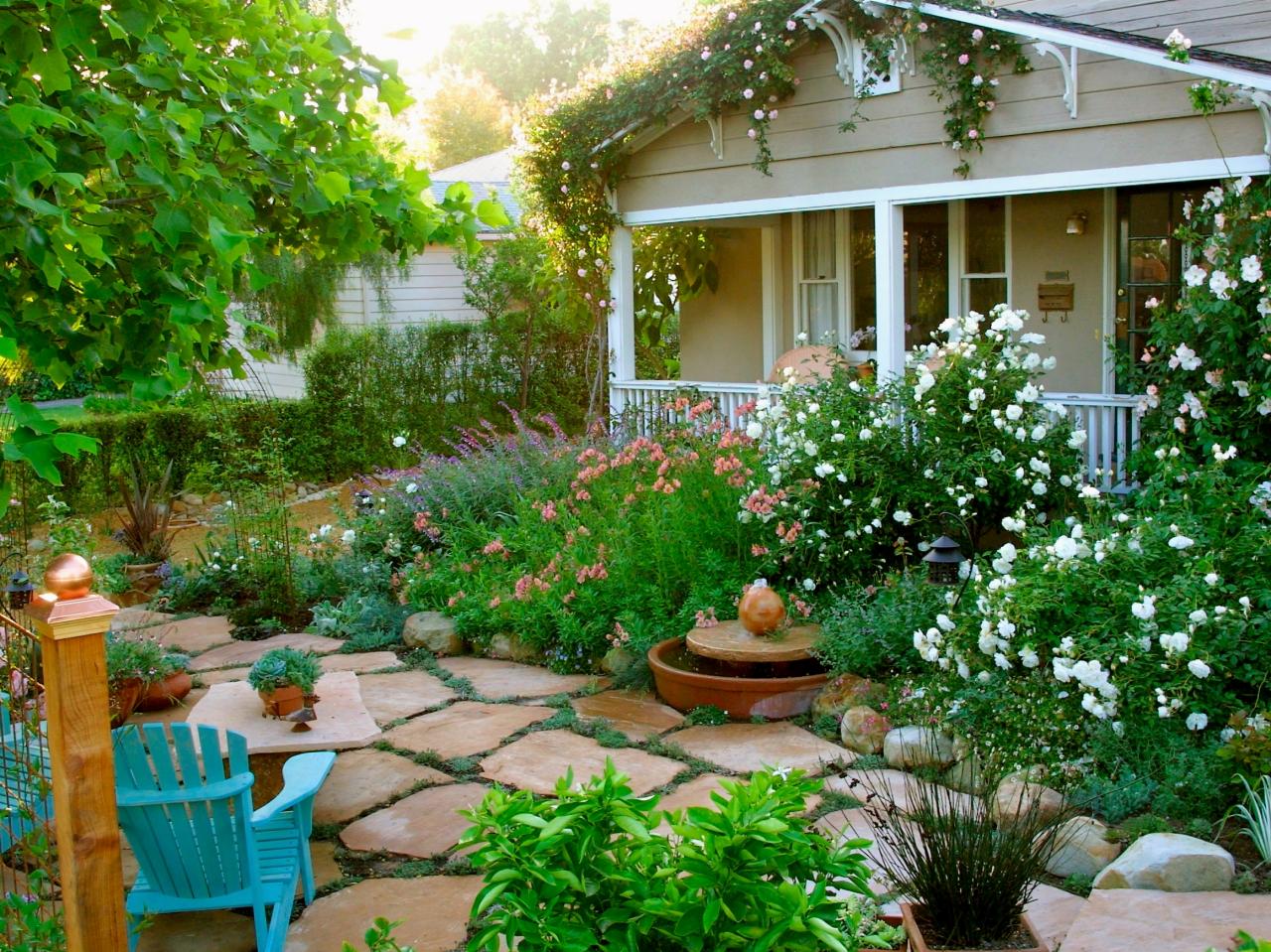
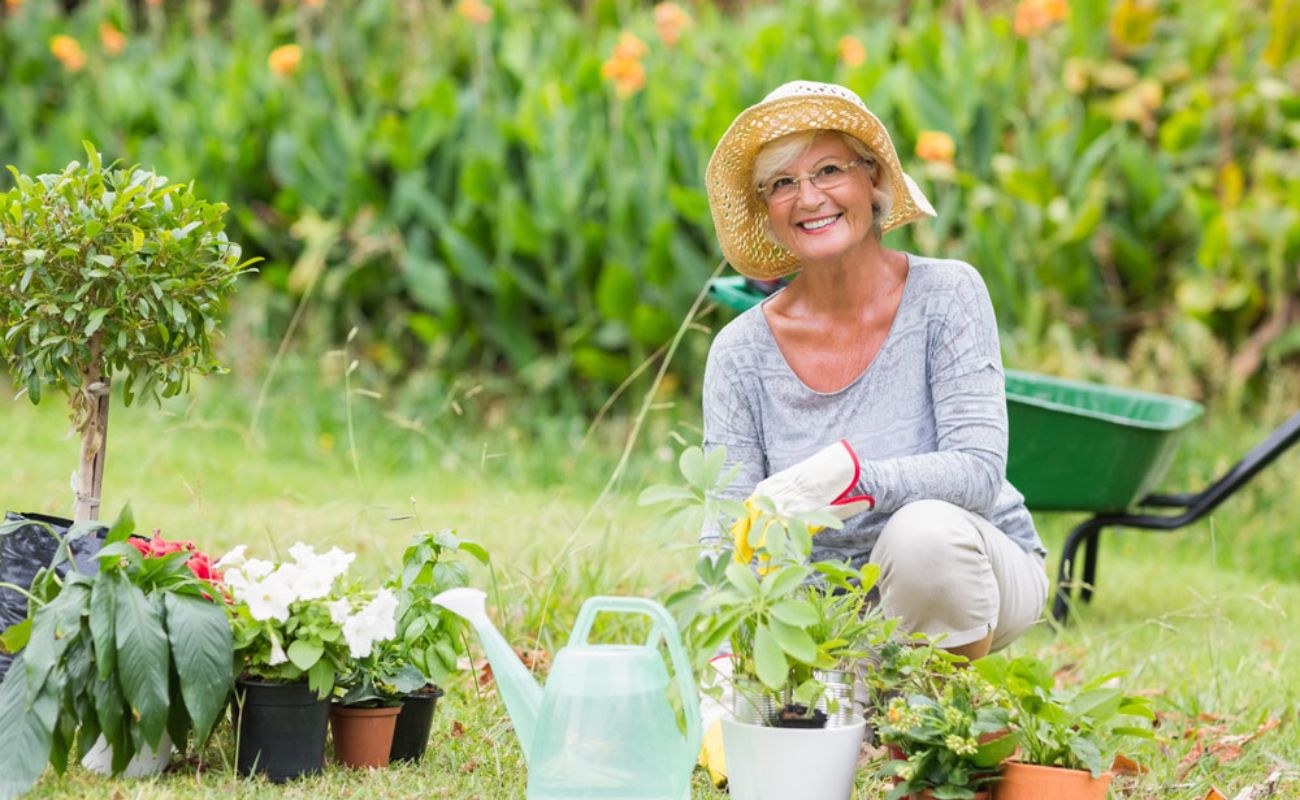
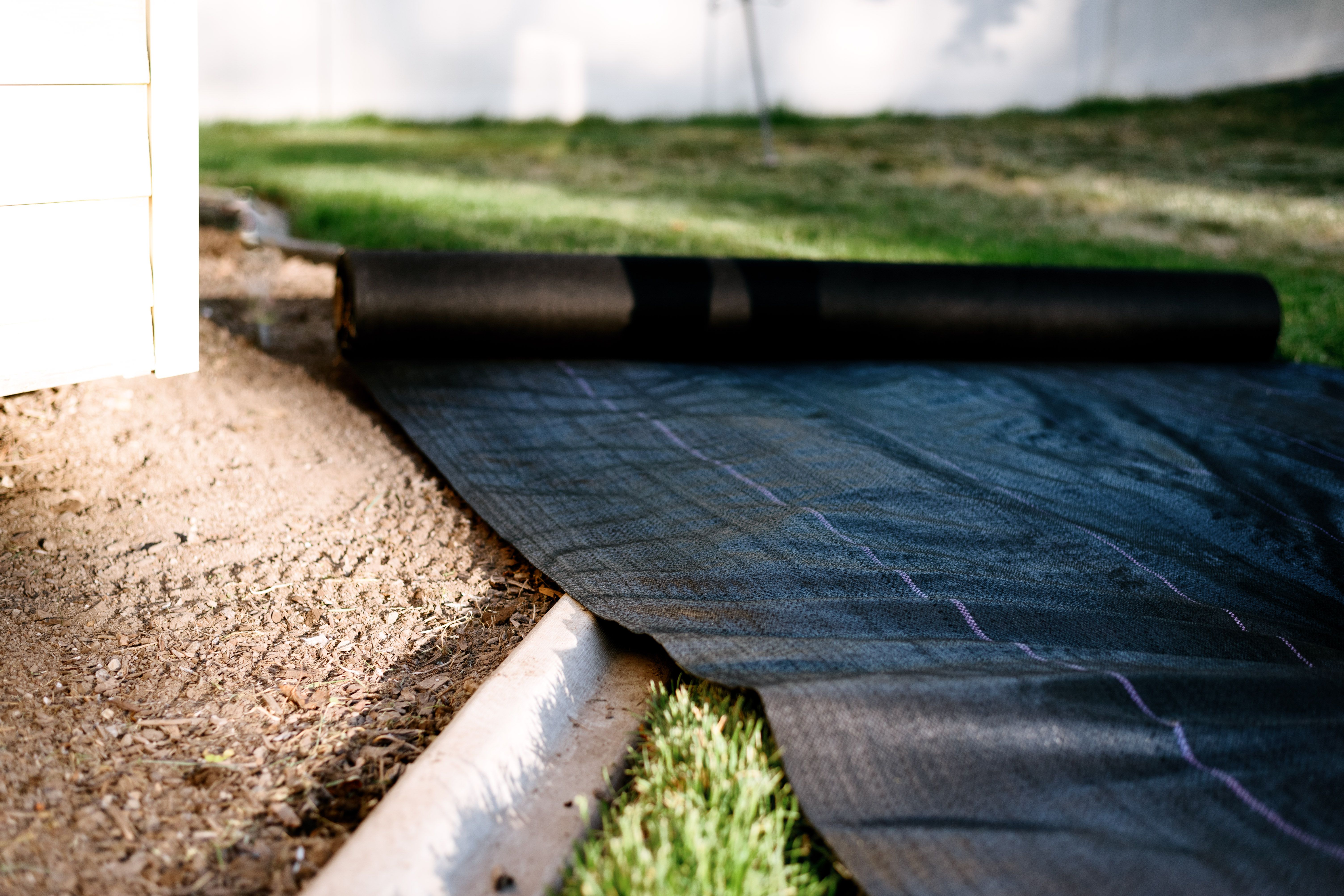
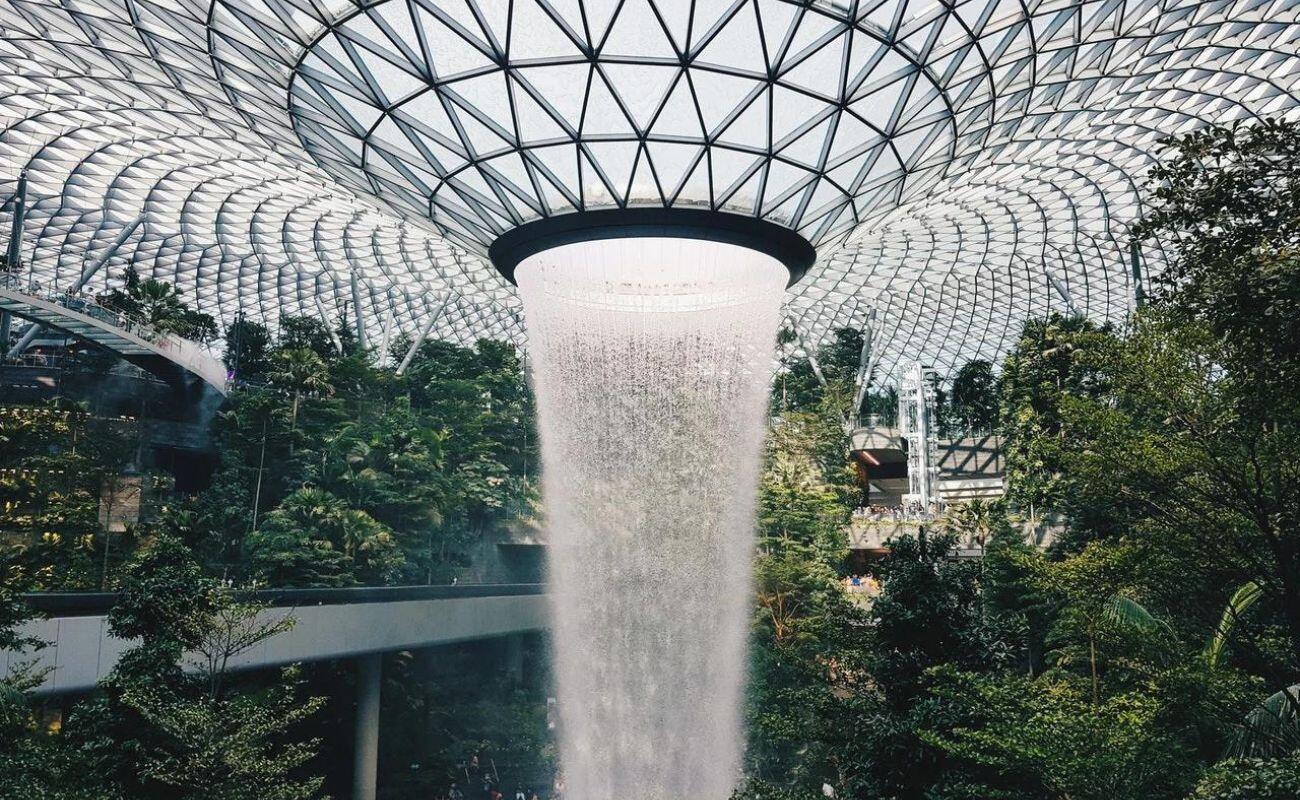
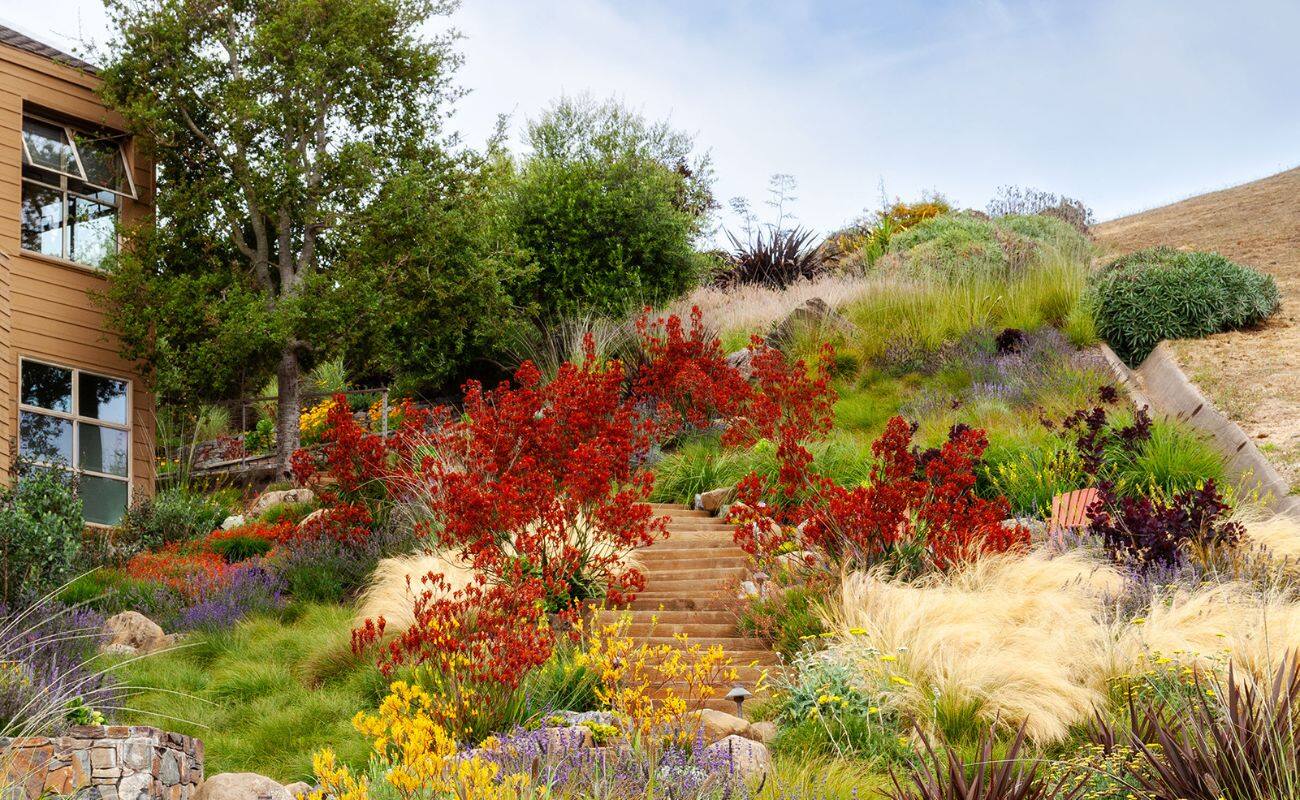
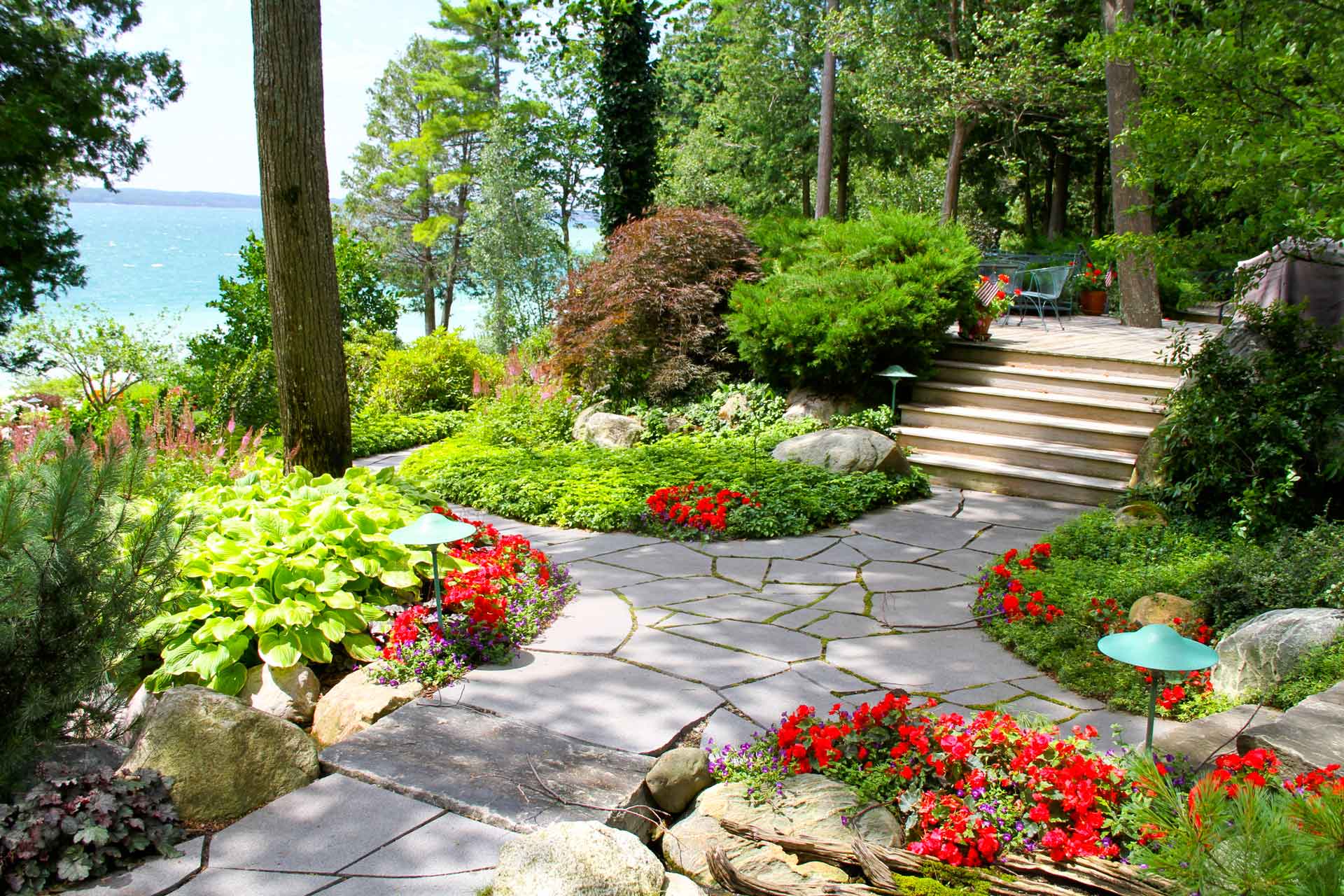
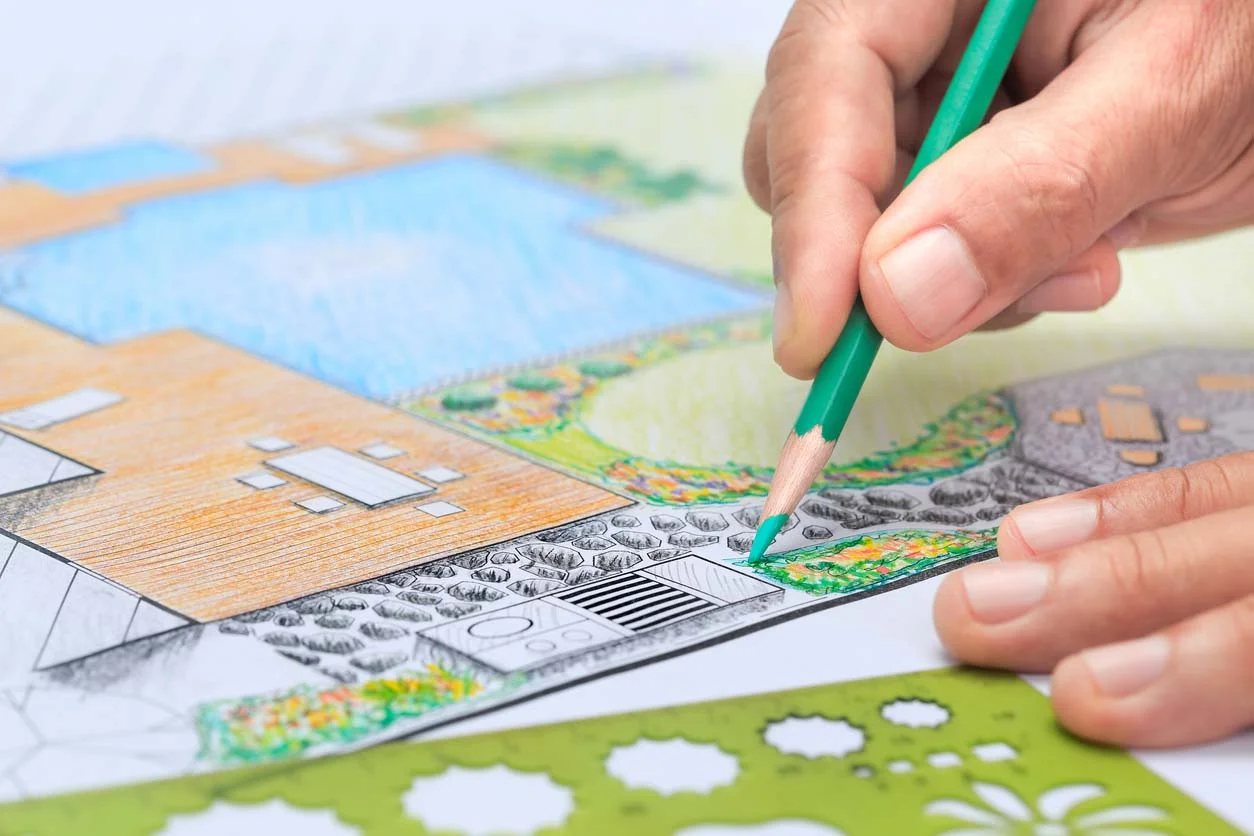
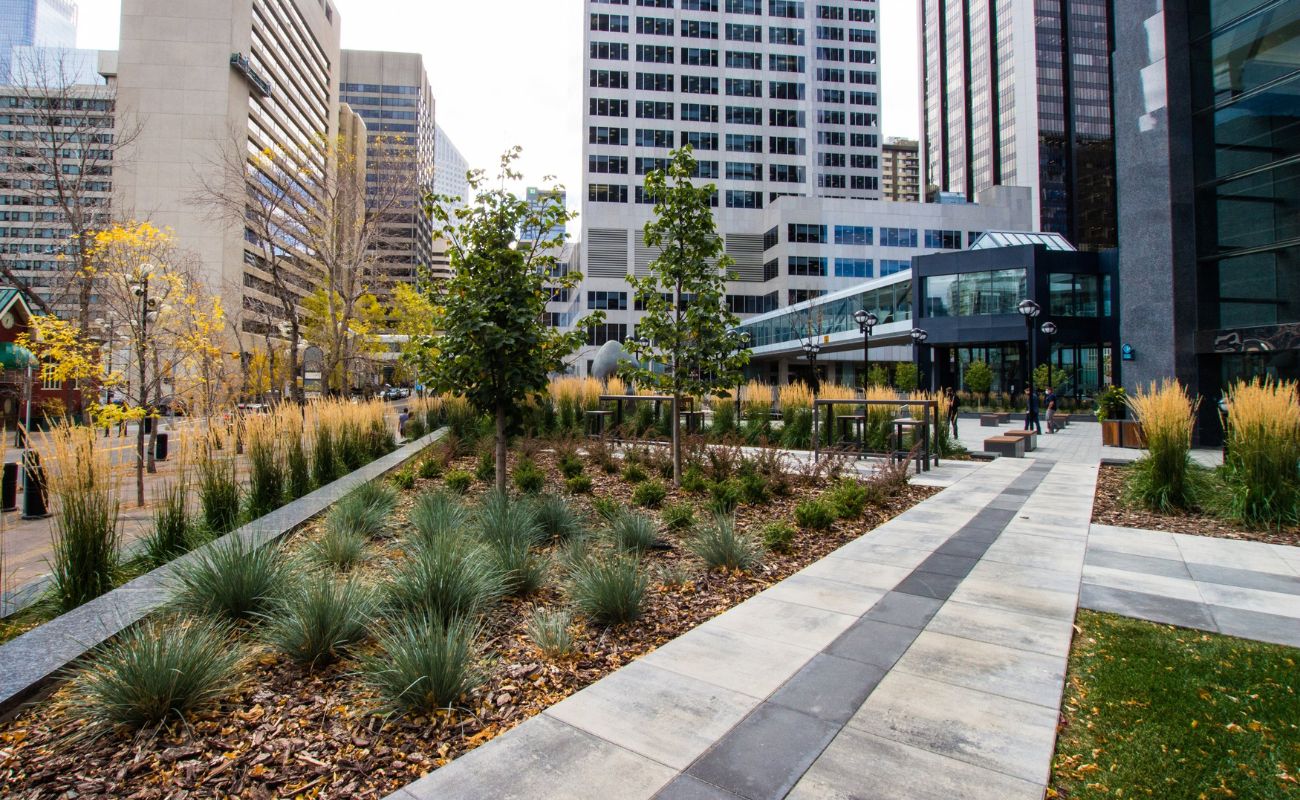
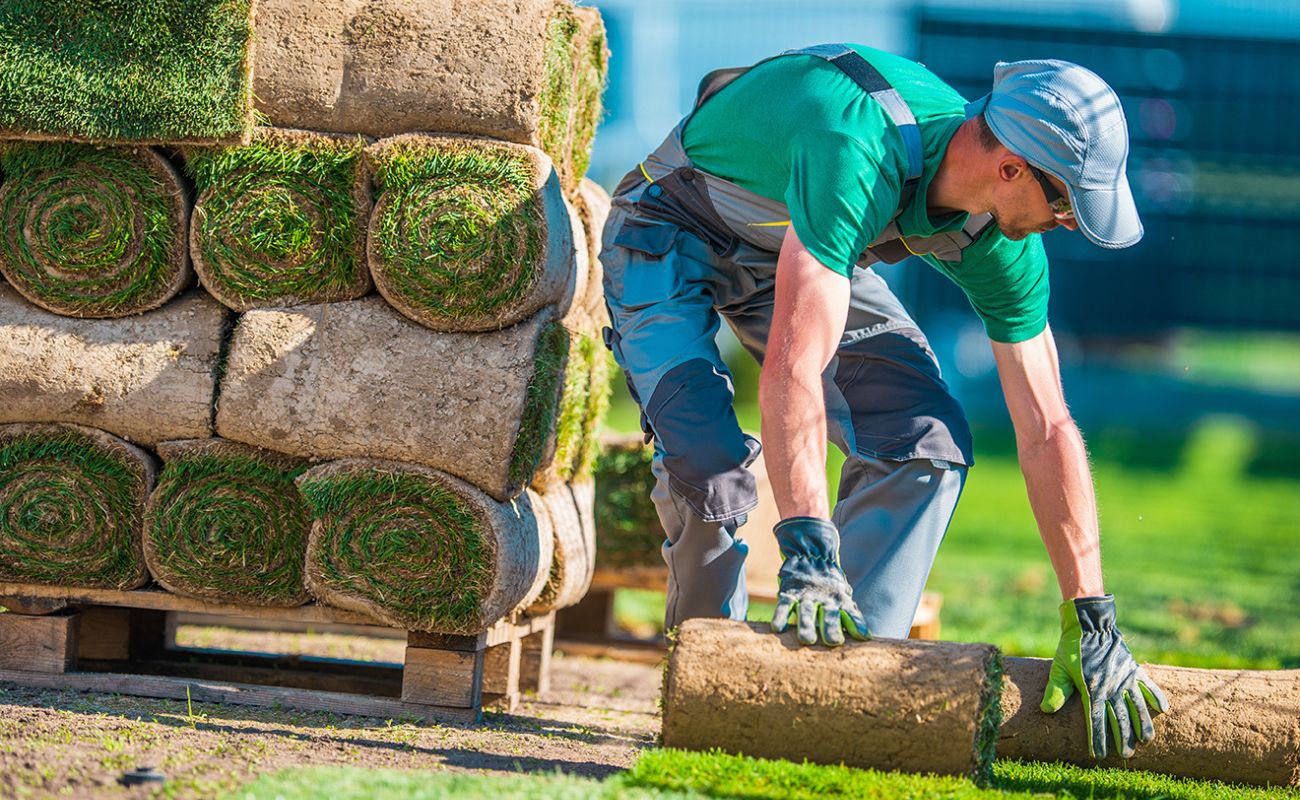

0 thoughts on “What Is A Sustainable Landscape Design”